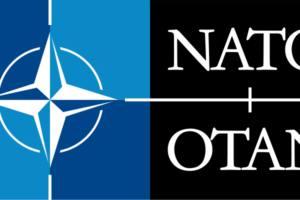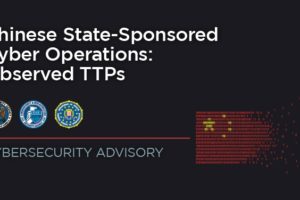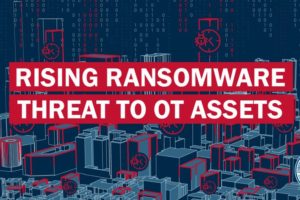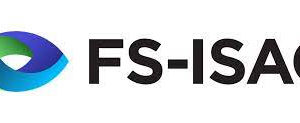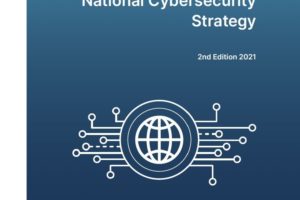
The Guide to Developing a National Cybersecurity Strategy is one of the most comprehensive overviews of what constitute successful cybersecurity strategies. It is the result of a unique, collaborative, and equitable multi-stakeholder effort.
Over the last two decades, people worldwide have benefitted from the growth and adoption of information and communication technologies (ICTs) and associated socio-economic and political opportunities. Digital transformation can be a powerful enabler of inclusive and sustainable development, but only if the underlying infrastructure and services that depend on it are safe, secure, and resilient. To reap the benefits and manage the challenges of digitalization, countries need to frame the proliferation of ICT-enabled infrastructures and services within a comprehensive national cybersecurity strategy.
To help governments in this endeavour, a consortium of partner organisations jointly developed and published the first Guide to Developing a National Cybersecurity Strategy (NCS) in 2018. Since then, the number of national cybersecurity strategies or frameworks worldwide has increased significantly. In 2018, only 76 countries had adopted a strategy while today more than 127 countries have such strategies in place, and many have used the Guide as a reference and blueprint.1
However, the fast-changing nature of cyberspace, the increased dependency on ICT, and the proliferation of digital risks all call for continuous improvements to national cybersecurity strategies. Most countries have both accelerated their digital transformation and become increasingly concerned about the immediate and future threats to their critical services, infrastructures, sectors, institutions, and businesses, as well as to international peace and security, that could result from the misuse of digital technologies and inadequate resilience.
This second edition of the Guide could not come at a more critical time. The updated content reflects the complex and evolving nature of cyberspace, as well as the main trends that can impact cybersecurity and should, therefore, be included into national strategic planning. The objective of the Guide is to instigate strategic thinking and continue supporting national leaders and policy-makers in the ongoing development, establishment, and implementation of such national cybersecurity strategies and policies. We are confident that this new Guide will serve as a useful tool for all stakeholders with cybersecurity responsibilities.
The purpose of the report is to guide national leaders and policy-makers in the development of a National Cybersecurity Strategy, and in thinking strategically about cybersecurity, cyber-preparedness and resilience.
This Guide aims to provide a useful, flexible and user-friendly framework to set the context of a country’s socio-economic vision and current security posture and to assist policy-makers in the development of a Strategy that takes into consideration a country’s specific situation, cultural and societal values, and that encourages the pursuit of secure, resilient, ICT-enhanced and connected societies.
The Guide is a unique resource, as it provides a framework that has been agreed on by organisations with demonstrated and diverse experience in this topic area and builds on their prior work in this space. As such, it offers the most comprehensive overview to date of what constitutes successful national cybersecurity strategies.



